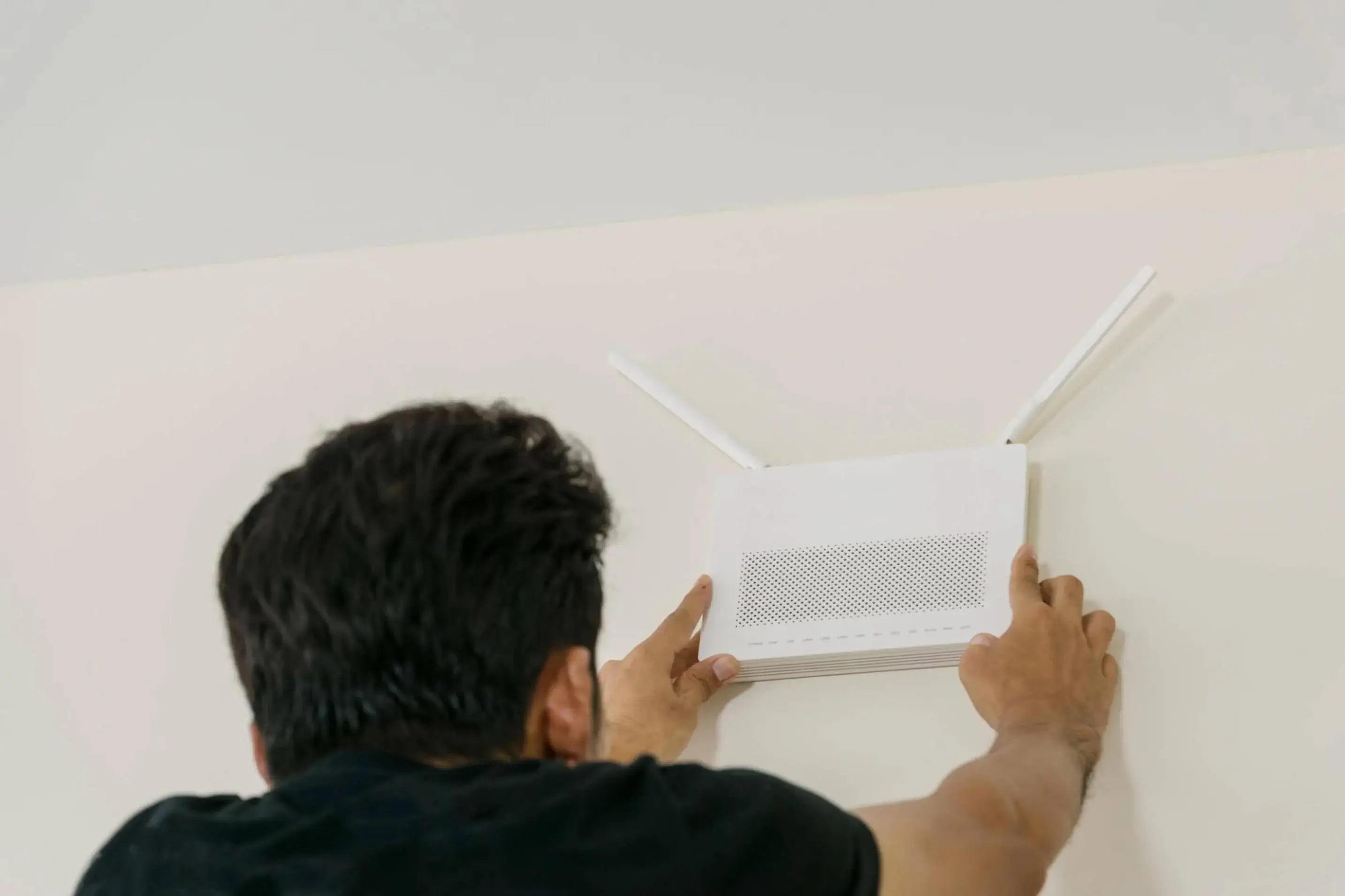How to Set Up Xfinity® Internet Using a Self-Installation Kit

If you're planning to install internet service using Xfinity® equipment, you're likely considering their self-installation option. According to Xfinity's official resources, their kits are designed to make it easy for customers to set up their own service at home. This guide offers general information to help you understand the process. Please note: always refer to official installation instructions provided directly by Xfinity.
Disclaimer: This article is provided for informational purposes only. InternetOffersNow.com is operated by Midwest Global Marketing & Billing LLC which is an authorized retailer for multiple Internet Service Providers (ISPs). Xfinity® is a registered trademark of Comcast.
Where to Place Your Gateway (Modem/Router Combo)
For optimal signal strength and coverage:
- Place your gateway in a central area of your home (e.g., living room, hallway)
- Avoid placing it near obstructions like thick walls, metal surfaces, or large furniture
- Keep it away from devices that may cause signal interference, such as:
- Microwave ovens
- Baby monitors
- In-floor heating elements
- Other Wi-Fi networks (e.g., in apartment buildings)
If you prefer a wired connection (Ethernet) for gaming or video calls, consider placing the gateway near the devices you'll connect directly.
Understanding Your Network Name & Password
Each Xfinity gateway is pre-configured with a unique:
- SSID (Network Name)
- Password (Wi-Fi Key)
You’ll find these printed on a label, usually on the bottom of the gateway. Make a note of them during setup, as you’ll use them to connect your devices.
Connecting the Gateway to the Internet
Xfinity typically provides internet via a coaxial cable. To connect:
- Locate the coaxial wall outlet in your home
- Attach one end of the coaxial cable to the outlet and the other to the back of the gateway
- Hand-tighten the connectors — do not use tools, as over-tightening may cause damage
Powering Up the Gateway
Once the coaxial cable is securely connected:
- Plug the power adapter into the gateway
- Connect it to a power outlet
- Allow up to 20 minutes for the gateway to boot up
You’ll know it’s ready when the light on the front remains solid white for at least 60 seconds.
Connecting Devices to Your Gateway
You can connect your devices to the internet using either:
- Wi-Fi: Select your SSID from your device's Wi-Fi list and enter the password (case sensitive)
- Ethernet: Plug one end of the included Ethernet cable into your device and the other into the gateway — no password needed
Activating Your Xfinity Internet Service
Once connected:
- Follow the on-screen prompts to complete activation and verify your Wi-Fi settings
- You may be able to change your network name and password during this step
Wi-Fi Security Tips
To keep your network secure:
- Use a strong, unique password (with letters, numbers, and symbols)
- Avoid reusing passwords from other accounts
- Consider using a password manager to store credentials securely
Checking Your Internet Speed
- Download speeds
- Upload speeds
- Latency
If speeds are slower than expected, consider:
- Reducing the number of connected devices
- Testing a wired connection (Ethernet)
- Restarting your gateway or device
Common Factors That Affect Performance
- Network congestion in your area
- Distance from your Wi-Fi router
- Nearby devices causing interference
- Router placement
- Outdated hardware
For consistent performance, regularly restart your gateway and update device software.
Final Note
This guide is intended to assist with general setup steps for Xfinity’s self-installation process.
Reminder: This article is for informational use only and does not represent or substitute any official installation instructions from Xfinity or Comcast. Always follow the instructions that come with your specific equipment.

Get Connected to The internet at Blazing Speed
Best TV and Internet Provider Offers
*InternetOffersNow.com is operated by Midwest Global Marketing & Billing LLC which is an Authorized Retailer for multiple Internet Service Providers (ISPs) — it is not the Official Site of Any Provider.






